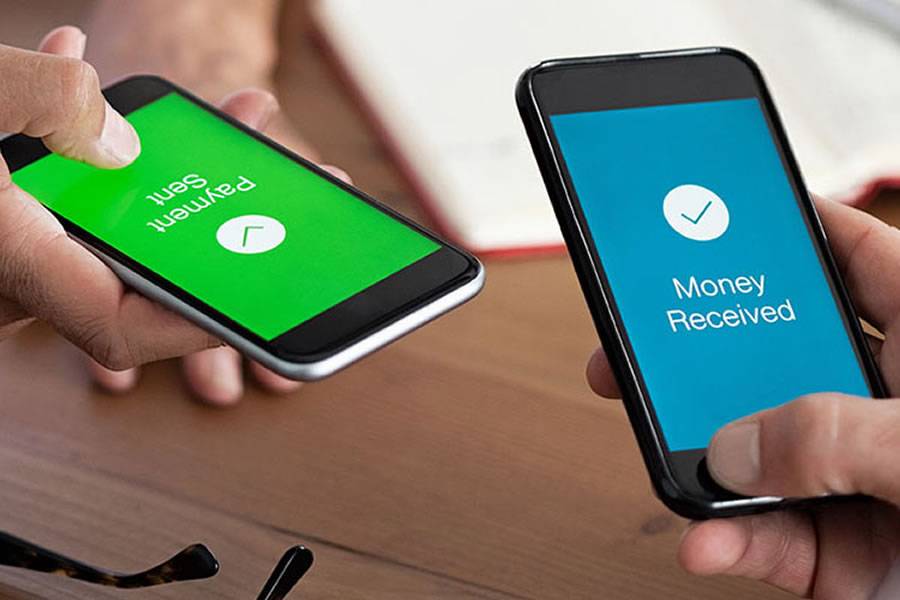Peer-to-Peer Transactions: The future of money exchange?
- 26-11-2023
- Business
- Canarian Weekly
In recent years, we've seen a dramatic shift in how we exchange money. Gone are the days of writing cheques or carrying cash. Instead, we rely on digital payment methods such as credit cards and mobile payment apps. While these options have made transactions more convenient, they still rely on traditional financial institutions to facilitate the exchange of funds. Enter peer-to-peer transactions, a revolutionary new way to exchange money without the need for middlemen.
In this article, we'll explore what peer-to-peer transactions are, how they work, and why they may be the future of money exchange. To ensure that investors have access to important educational resources, you might want to visit http://quantum-momentum.com/.
What Are Peer-to-Peer Transactions?
Peer-to-peer transactions, also known as P2P transactions, are a way to exchange money between individuals without the need for traditional financial institutions such as banks. Instead, P2P transactions rely on a network of users who facilitate the exchange of funds directly between each other.
How Do Peer-to-Peer Transactions Work?
Peer-to-peer transactions work by connecting individuals who want to exchange money. These individuals are connected through a platform or network that facilitates the exchange of funds. Typically, these platforms charge a fee for their services, which is much lower than the fees charged by traditional financial institutions.
To make a P2P transaction, both parties must have an account with the platform or network facilitating the transaction. They then enter the amount they want to exchange and confirm the transaction. The funds are then transferred directly between the two parties' accounts.
The Benefits of Peer-to-Peer Transactions
There are several benefits to using peer-to-peer transactions. First and foremost, P2P transactions are much faster than traditional financial transactions. They also tend to be much cheaper, as the fees charged by P2P platforms are typically much lower than those charged by banks.
P2P transactions also offer greater flexibility than traditional financial transactions. For example, they can be conducted at any time, from anywhere in the world, as long as both parties have an internet connection.
The Challenges of Peer-to-Peer Transactions
While peer-to-peer transactions offer many benefits, they also come with some challenges. One of the biggest challenges is the lack of regulatory oversight. Because P2P transactions are not conducted through traditional financial institutions, they are not subject to the same regulations and protections.
Another challenge is the potential for fraud. Because P2P transactions rely on individuals to facilitate the exchange of funds, there is a greater risk of fraud and scams.
Security and Privacy Concerns
Another concern with peer-to-peer transactions is security and privacy. Because P2P transactions are conducted over the Internet, there is always a risk of hacking and data breaches. Additionally, because P2P transactions are conducted outside of traditional financial institutions, they may not offer the same level of protection for users' personal and financial information.
The Rise of Cryptocurrencies and Blockchain Technology
One factor driving the growth of P2P transactions is the rise of cryptocurrencies and blockchain technology. Cryptocurrencies like Bitcoin and Ethereum offer a decentralized, P2P alternative to traditional currencies. By eliminating the need for intermediaries like banks, cryptocurrencies allow for faster and cheaper transactions.
Blockchain technology, which underlies cryptocurrencies, also offers a secure and transparent way to conduct P2P transactions. By recording transactions on a distributed ledger, blockchain ensures that transactions are tamper-proof and transparent.
The Impact of Peer-to-Peer Transactions on Traditional Financial Institutions
As P2P transactions continue to grow in popularity, traditional financial institutions are starting to take notice. While some banks have been slow to adopt P2P technology, others are starting to offer their own P2P services to compete with the likes of Venmo and PayPal.
Peer-to-Peer Transactions in Developing Countries
One area where P2P transactions could have a significant impact is in developing countries. In many parts of the world, traditional financial institutions are scarce or non-existent, making it difficult for people to access financial services. P2P transactions offer a way for people to exchange money without the need for a bank account.
The Regulatory Landscape
As P2P transactions continue to grow in popularity, regulators are starting to take notice. While P2P transactions are currently subject to less regulation than traditional financial transactions, this could change in the future. Regulators may seek to impose stricter rules and oversight to protect consumers and prevent fraud.
Conclusion
Peer-to-peer transactions are a revolutionary new way to exchange money. While they come with some challenges and risks, they offer a faster, cheaper, and more flexible alternative to traditional financial transactions. As digital payment methods continue to grow in popularity, P2P transactions are poised to become an increasingly important part of the financial landscape.


























































